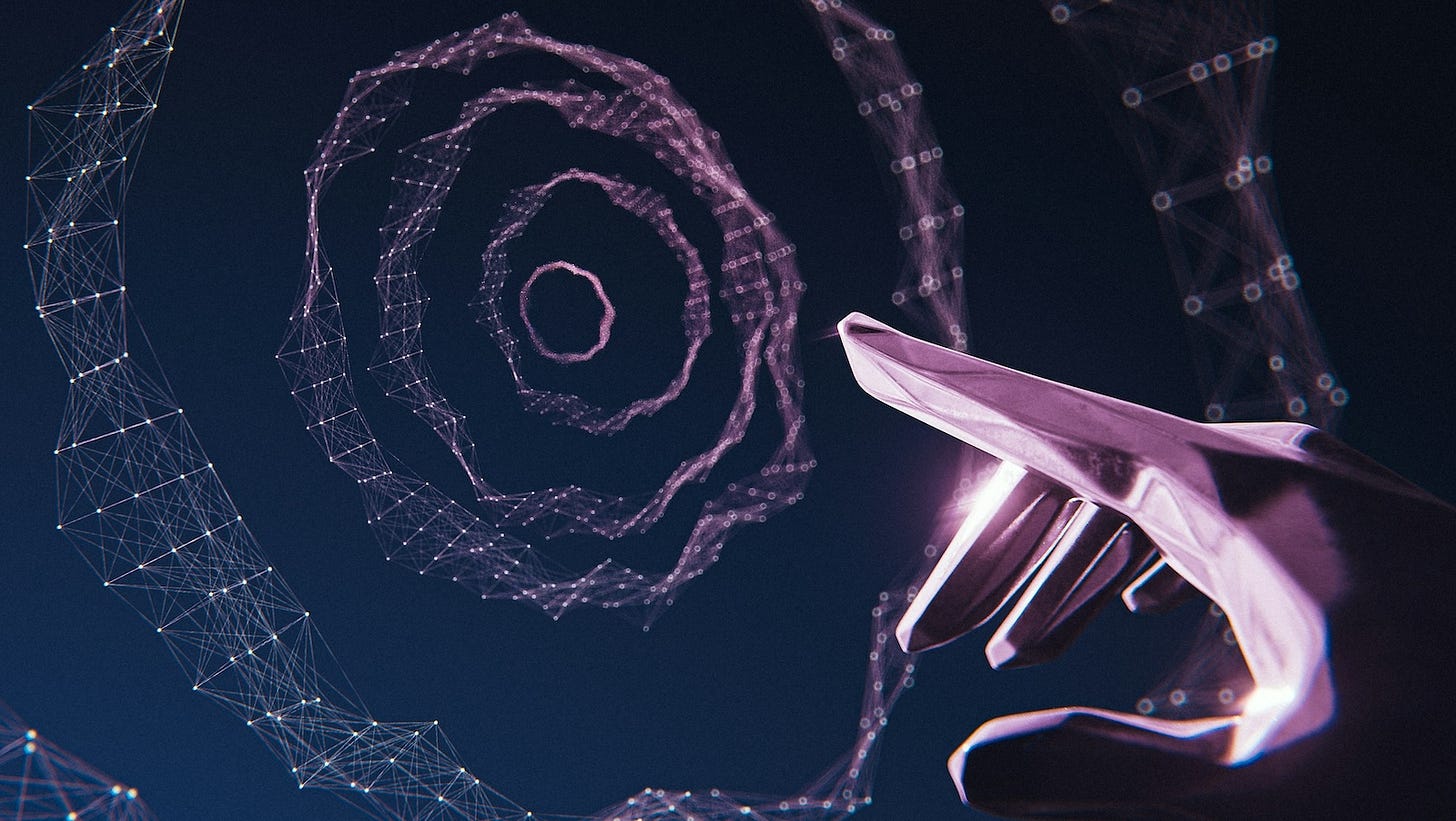Why RAG Is Dead — And What’s Replacing It
RAG is a crutch — it's not context, and it's definitely not real AI.
Let’s cut through the hype.
RAG doesn’t work. Not well enough. Not reliably. And definitely not in the real world where precision, context, and trust matter.
It’s time we admit the uncomfortable truth: Retrieval-Augmented Generation is a band-aid solution, built on shallow assumptions about what “context” actually is.
The GenAI world loves to obsess over what goes into the LLM — but the real breakthroughs lie in how you manage context outside the model.
And that’s where Charli is taking a completely different path.
The Fatal Flaw of RAG
You’ve probably seen it: RAG chains a user query to a search, grabs a handful of snippets, and stuffs them into a prompt window hoping the LLM can make sense of it. It’s brittle. It’s noisy. It’s static. And it falls apart under pressure.
Even with fancier flavors like Graph RAG, the model is still relying on the assumption that you can bolt-on relevance post-hoc, hoping the generator will figure it out.
But here’s the deal: LLMs don’t understand your world. They hallucinate when context is missing. They bluff when ambiguity creeps in. They fail silently when the nuance is lost.
And every time they do, your credibility — and the trust in your AI — takes a hit.
Why Search Engines (and RAG) Are a Dead End
Ever tried searching Google Drive, OneDrive, SharePoint, or Slack? It’s a nightmare. Even Google and Bing serve up overwhelming amounts of noise. These tools only work if you already know exactly what you're looking for — because the intelligence isn’t in the system, it’s in you. Without that human context, they’re little more than frustration machines.
They index. They sort. They assume static schemas and ignore the subtlety of domain-specific reasoning.
So why are we still feeding LLMs this junk? Why are we duct-taping data, content and document search onto prompts and pretending it’s context?
Enter CCRA: Contextual Cross-Retrieval Augmentation
At Charli, we took a hard look at how LLMs are really being used in enterprise and regulated markets — and we came to a clear conclusion:
We don’t need generation-centric retrieval. We need retrieval-centric intelligence.
That’s why we built Contextual Cross-Retrieval Augmentation (CCRA) — a fundamentally different approach that doesn’t just “retrieve documents” but captures and curates contextual relevance across domains, roles, and reasoning tasks.
CCRA is not a plugin. It's not a library. It's its own form of intelligence.
It doesn’t live inside the LLM. It operates independently, across systems, and focuses on the externalization of context — meaning:
Context is modular
Context is multi-source
Context is role-aware
Context is reusable across agents, tasks, and tools
CCRA is an AI system in its own right — built on a sophisticated model that understands, captures, and retrieves context with precision. It’s designed to operate seamlessly across Generative AI, Reasoning AI, Agentic AI, Extractive AI, Federated Agentic AI, and emerging paradigms yet to be fully realized. This is context as a first-class citizen in the AI stack — not an afterthought.
This Isn’t Just About Better Retrieval — It’s a New Paradigm
CCRA works by constructing Dynamic Ontologies and leveraging what we call Inversion of Context — shifting the burden of understanding away from the human and into an AI substrate that understands the intent, perspective, and constraints of the analysis task.
Think about that.
You’re not just retrieving “documents.” You’re retrieving meaning. Perspective. Analytical framing.
Real-World Use Case: Financial Markets
In the world of Charli Capital, this isn’t theory — it’s deployed reality.
In capital markets and financial services, our AI isn’t just summarizing — it’s reasoning. It’s acting as an agent that must interpret risk, valuation, guidance, sentiment, and regulation from multiple viewpoints:
The retail investor’s risk lens is wildly different than the institutional investor’s
The buy-side views on risk are entirely different than the sell-side
A compliance officer needs granular, explainable evidence on the most nuanced of data points — not just a narrative
A fund manager needs attribution, trend signals, and counterfactuals in support of the risk analysis
And the kicker? it’s all the same underlying data. Structured databases. Partner systems. Internal documents. Regulatory filings. Government reports. Messy, unstructured content from news, media, and the open web.
Same data — radically different context.
That’s the big "but" that no one wants to talk about. The value isn’t just in the data, it’s in how the context around that data shifts depending on the perspective, the role, the task.
And no, prompt engineering won’t save you. Not even close. This problem lives far beyond the reach of RAG workarounds and hacky chaining.
If you want to build truly capable Reasoning AI or Agentic AI — systems that can operate across domains, personas, and use cases — you need fine-grained, dynamic context as a foundational layer.
Only Contextual Cross-Retrieval understands the delta between viewpoints — and tailors retrieval accordingly, in real time.
Attribution, Governance, and Compliance Built In
The final death blow to RAG?
Explainability.
Charli’s CCRA provides fine-grained attribution — so every data point, every retrieved insight, every output, no matter how embedded it is — is traceable, auditable, and defensible. That’s the holy grail in enterprise and regulated AI.
The Bottom Line
RAG is dead.
The future isn’t about bolting on search to LLMs. The future is about externalized context, cross-role relevance, and retrieval as intelligence — not just a middleware step.
This is the foundation of Reasoning AI. Of Agentic AI. Of truly enterprise-grade intelligence systems.
At Charli, we’ve built CCRA to unlock that future — and literally future proof the system. And we’re only getting started.
We need to stop duct-taping context to LLMs and start building real intelligence.
If you want to see CCRA in action? Reach out.


